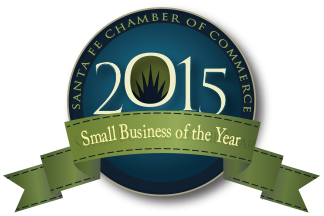
13 Mar The Subtle Art of Transitioning a Business
The Training and Transition phase can be vital for helping a business buyer get off on the right foot once they have closed on the purchase of a business. It’s one of the most immediate and important steps for setting them up for success, but it often comes as an afterthought for both the buyer and seller. Why? A business buyer doesn’t know what they don’t know, and a seller can be challenged to come up with a neat, tidy to-do list. After all, they have been so immersed in running their business that it has become second nature to them. When no two days are ever quite the same, even a neat outline of daily and weekly tasks rarely conveys all the subtleties a new owner will need to master.
The Training and Transition Phase is a fundamental and expected part of the business acquisition structure and specifies how long a business seller will stay after the sale is complete the buyer training. It’s part of the deal and included in the purchase price.
While four weeks of onsite training is the standard, it can vary by the nature of the business or the buyer’s relevant experience. In some instances, the buyer may have ongoing needs of support from the buyer, but after the formal Training and Transition Phase is over, the Seller is typically paid a consulting fee.
Rose Hollister and Michael D. Watkins recent piece in the Harvard Business Review entitled How to Onboard Your New Boss provides a useful paradigm to approach the transition phase. Focusing on how employees can help a new leader at their company quickly and effectively come up to speed, its lessons can easily be adapted to the hand-off of a small business.
Hollister and Watkins identify three fundamental types of learning that a new leader, whether in a large corporate environment or as the owner of a small business, will need to accelerate their learning curve and more quickly adapt to the business’s work culture. These include:
- Technical Learning is about understanding the customers, vendors, products, processes, procedures, technologies, and the business’s competitive landscape.
- Cultural Learning is about understanding the organization’s behavioral norms, unwritten rules, lingua franca, work culture (is it collaborative, hierarchical or?), and how it approaches getting things done.
- Political Learning is about understanding how decisions have traditionally been made, who are the stakeholders within the organization, who are the formal or informal power centers, what are the business’s current priorities and how has that evolved over recent years.
Hollister and Watkin’s have a useful list of questions that both a Business buyer and Business seller can use to help prepare for this important phase. To read more, visit their February 27, 2022 article at HBR.









